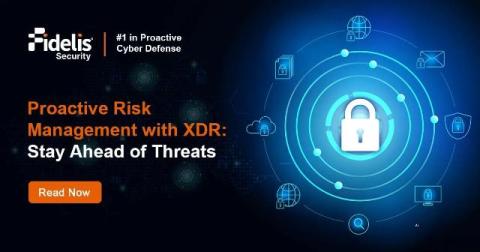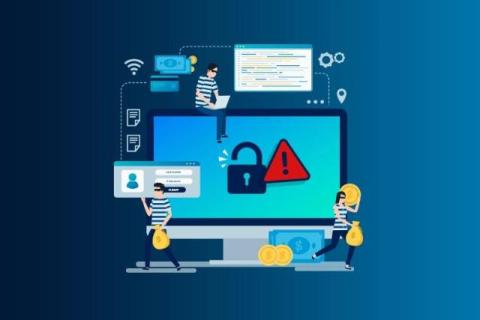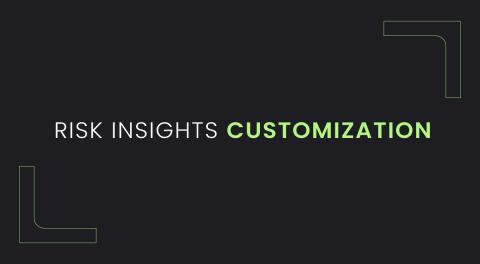Falcon Data Protection AI-Powered Anomaly Detections: Demo Drill Down
Sensitive data handling often risks accidental exposure. CrowdStrike Falcon Data Protection, part of the powerful CrowdStrike Falcon platform, uses AI-driven anomaly detection to prevent unauthorized data transfers. In this demo, see how quickly Falcon identifies and blocks an attempted transfer of customer PII to a personal Google Drive, generating real-time alerts to help security teams act fast.











